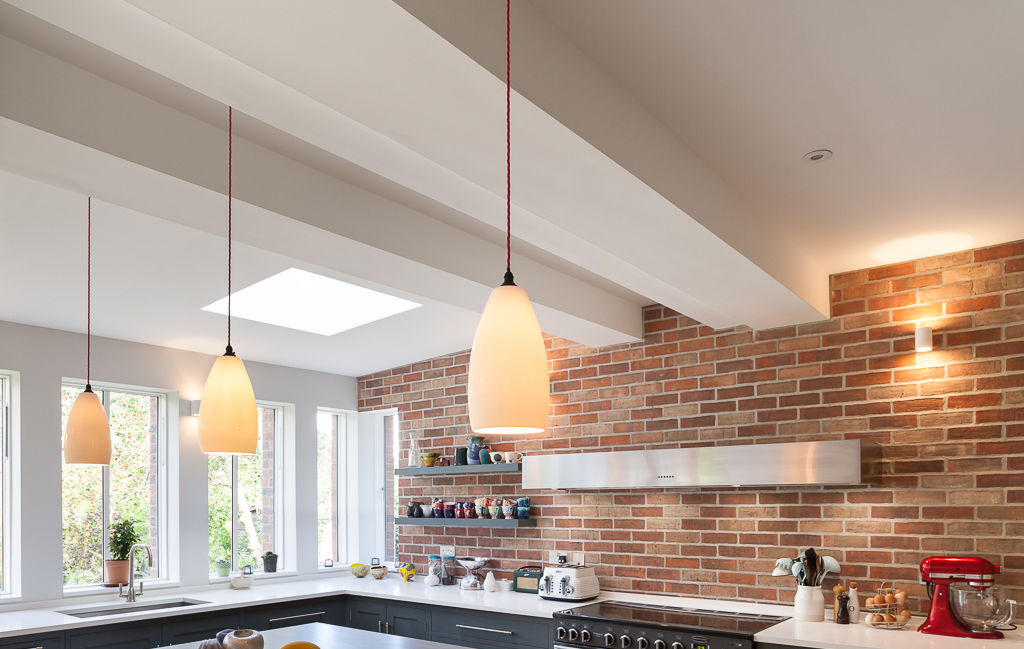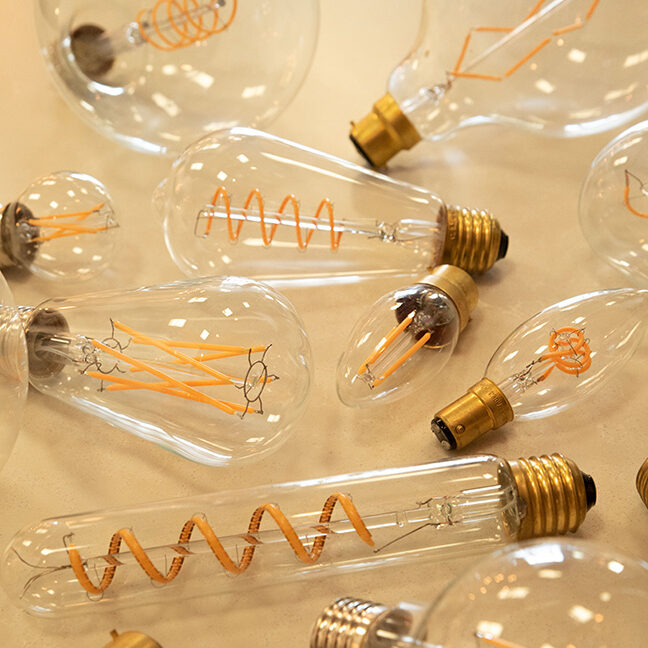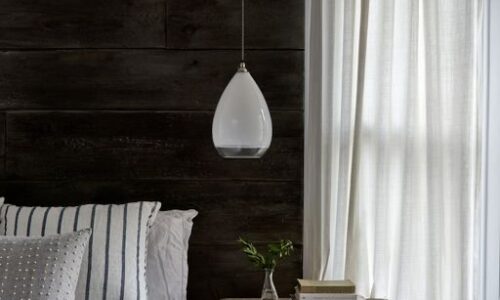We’ve come so far since the old-school incandescent bulbs were all the rage. Now, as with everything else, it’s all about going eco-friendly. LEDs are more efficient, better for the environment and have a longer life span. The trouble is, there’s a lot of choice!
How do I know which bulb to buy?
There are 6 principle considerations, when deciding which bulb you need:
1. Lumen output
How bright is it? Our lamps are approx. 190 Lumens (3w) which is essentially a decorative lamp, they look great in our fittings but in isolation may not provide adequate illumination for specific tasks. If you have a large room and you need something bright, consider something above 1000 Lumens (10w) – but keep in mind these brighter bulbs aren’t very attractive and won’t look nice if they are on show.. The trick with lighting is ‘layers’, no one lamp should be doing too much work – that is the essential ingredient of a well conceived lighting scheme. Find out more in our Basic Guide to Lumens.
2. Colour temperature
What is the colour temperature? Our lamps are mostly 2200k which is very warm white, typically 2700k..3000k is considered hospitality standard and anything above that is too cool for most residential and hospitality applications.
3. General aesthetic of the lamp
If it is visible in the fitting it needs to look in proportion and aesthetically pleasing.
4. Is it dimmable
Can I dim it? There are many LED bulbs on the market and many old and new dimming systems – not all combinations are compatible. Smooth effective dimming and LED is a bit of a minefield. It is a good idea to check with the bulb supplier if the bulb is compatible with the dimming system installed.
5. CRI
Colour Rendering Index – Our lamps have a CRI of 95, this is good – the higher the better. The CRI is a measure to gauge how effective the bulb is in representing the colour of an object it is illuminating. It’s like when you take something outside into the sunlight to check its true colour.
6. End cap fitting
One of the most essential considerations when choosing a light bulb is the end cap fitting (e.g., E26, E27, B22, G9, GU10). It’s vital that the bulb you choose fits your fixture—without the correct fitting, the bulb simply won’t work.
If you’re replacing bulbs, the easiest way to ensure you get the right fit is to take an existing bulb with you to the shop or note down the fitting type if you’re shopping online. If you’re buying new lighting, check the type of fitting your new fixture requires and match it with your bulb choice. Nothing is more frustrating than realizing after the fact that you’ve ordered the wrong bulbs!
Is the light bulb for an enclosed fixture or recessed can?
LED bulbs in particular are very sensitive to heat, so using a light bulb intended for an open fixture in a recessed or enclosed one will shorten its lifespan. To keep your LED bulb from overheating and maximise its longevity, check the packaging to make sure it’s rated for enclosed fixture use.
Does the light need to be dimmable?
Now we’re getting into the cosmetic details. If you’re a fan of dimmable lights, we suggest you take extra caution when buying light bulbs, especially if you’re going down the LED route. You won’t be able to use just any bulb with a three-way fixture or a dimmer, so make sure it explicitly says on the packaging that your light bulb is fit for the purpose.
 Upton Pendant lights
Upton Pendant lights
What’s the best light bulb shape?
The bulb shape is about more than just aesthetics – it can determine how much light spreads throughout the room and at what angle. When choosing a lamp or bulb, the most important thing is the lumen output and colour temperature and then you also need to consider how the bulb will look in the decorative fitting. Ensure it is fit for the intended purpose.
There are a variety of bulb shapes, at Fritz Fryer Lighting we mostly use:
- Pear shaped
- GLS
- Golf ball
- Mini Tube and
- T30 Tube
- Midi & Large Globe
Whilst some of these bulbs offer a range of Lumen outputs and colour temperatures, we are using them mostly for their aesthetics proportions in relation to the fitting in which they are housed. e.g. We use the long T30 tube type lamp in our Aston Lantern, and indeed the Aston lantern was designed around this bulb. In a similar way the Grafton Globe was designed around the Midi Globe.
 Explore Fritz Fryer bulbs here
Explore Fritz Fryer bulbs here
Before we had LED, the larger bulbs would have housed a larger filament and would have thus been brighter – whilst this is still true to some extent the shapes generally are only of aesthetic importance.
What bulb temperature should I choose?
This depends on the project/use:
- Our lamps are mostly 2200k which is very warm white and perfect for creating a nice ambient mood on residential and hospitality projects.
- Typically 2700k..3000k is considered a hospitality standard.
- Anything above 3000k is too cool for most residential and hospitality applications.
Which LED Bulb is Best for Your Space?
Again, we recommend taking a few things into consideration. Start by deciding on a colour temperature – if you want the lamp and objects in the room to appear warmer (redder), choose a lower colour temperature (counterintuitive, right!). You’ll also need a high Colour Rendering Index (CRI) if you’re looking to recreate the effect of a traditional light bulb with an LED one. We recommend a level of 93 or higher.
With the right colours and temperature, your LED bulb only needs to be about 350 lumens to provide light quality equivalent to that of a traditional halogen lamp (50w).
- At Fritz Fryer most of our fittings are ‘retro-fit’ E27 – this means that you can service and replace the lamps in the future when they fail.
- Be careful with integral LED (non retro-fit) fittings – when these fail you often have to replace the entire assembly.
Choosing the Right Bulbs for Your Chandelier
When selecting bulbs for your chandelier, treat it just like any other ceiling light in terms of brightness. The key is determining how much light your room needs. Chandeliers can range from as few as 3 bulbs to over 24, and the number of arms impacts the brightness required per bulb:
- Fewer arms (fewer bulbs): You’ll need higher-lumen bulbs for adequate brightness.
- More arms (more bulbs): Lower-lumen bulbs are suitable, as the light is distributed across more bulbs.
Most of our antique chandeliers and electroliers come equipped with energy-efficient LED bulbs that offer excellent performance.
Why Choose LED Bulbs?
LEDs are a smart choice for chandeliers, offering several benefits:
- Energy Efficiency: LED bulbs consume far less power than traditional incandescent bulbs.
- Reduced Heat: LEDs produce minimal heat, which prevents the electrical components of your chandelier from overheating, extending its lifespan.
- Long-lasting: They have a much longer life, meaning fewer replacements and lower long-term costs.
Rest assured, all our antiques and modern lights are completely restored and rewired to conform to British Standards and are supplied with quality LED’s.
Discover our range of light bulbs here.
Need help ?
Speak to a member of our team today to receive personalised, expert advice.


